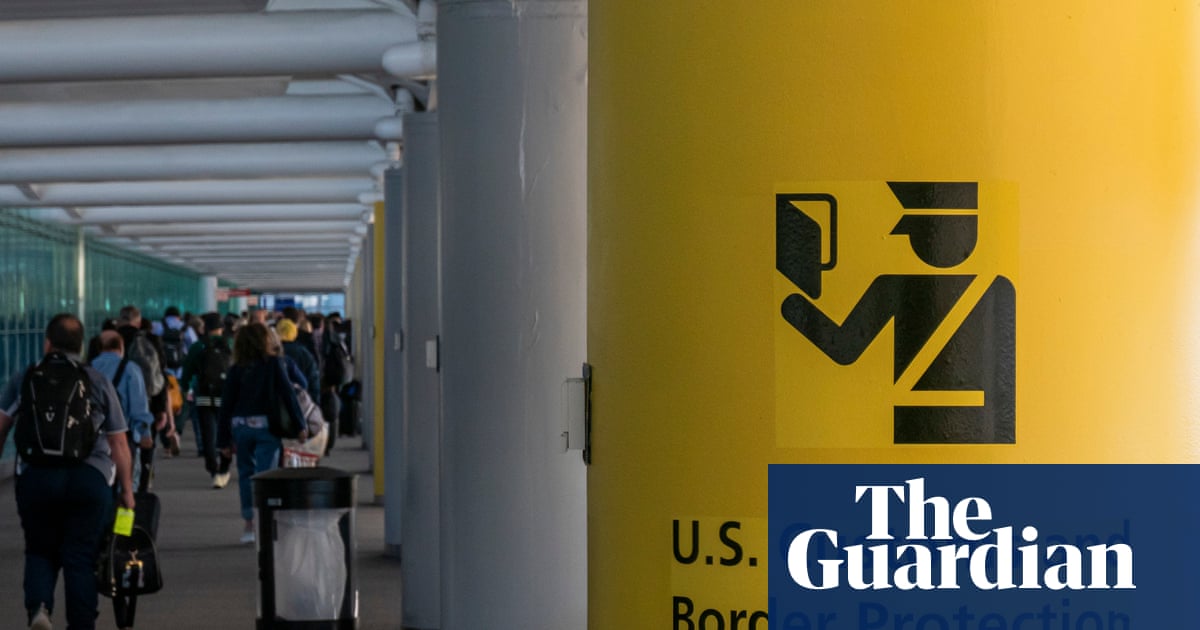A cannon, three coins and a porcelain cup were among the first objects Colombian scientists recovered from the depths of the Caribbean Sea where the mythical Spanish galleon San José sank in 1708 after being attacked by an English fleet, authorities said Thursday.
The recovery is part of a scientific investigation that the government authorized last year to study the wreckage and the causes of the sinking. Colombian researchers located the galleon in 2015, leading to legal and diplomatic disputes. Its exact location is a state secret.
Dubbed the "holy grail of shipwrecks," the ship is believed to hold 11 million gold and silver coins, emeralds and other precious cargo from Spanish-controlled colonies, which could be worth billions of dollars if ever recovered.
A cannon, three coins and a porcelain cup were among the first objects Colombian scientists recovered from the depths of the Caribbean Sea where the mythical Spanish galleon San José sank in 1708 after being attacked by an English fleet, authorities said Thursday. / Credit: Colombia Culture Ministry
President Gustavo Petro's government has said that the purpose of the deep-water expedition is research and not the treasure's seizure.
Colombia's culture ministry said in a statement Thursday that the cannon, coins and porcelain cup will undergo a conservation process at a lab dedicated to the expedition.
The wreckage is almost 2,000 feet deep in the sea.
"This historic event demonstrates the strengthening of the Colombian State's technical, professional, and technological capabilities to protect and promote Underwater Cultural Heritage, as part of Colombian identity and history," Yannai Kadamani Fonrodona, Minister of Cultures, Arts, and Knowledge, said in a statement.
A cannon, three coins and a porcelain cup were among the first objects Colombian scientists recovered from the depths of the Caribbean Sea where the mythical Spanish galleon San José sank in 1708 after being attacked by an English fleet, authorities said Thursday. / Credit: Colombia Culture Ministry
The ship has been the subject of a legal battle in the United States, Colombia and Spain over who owns the rights to the sunken treasure.
Colombia is in arbitration litigation with Sea Search Armada, a group of U.S. investors, for the economic rights of the San José. The firm claims $10 billion corresponding to what they assume is worth 50% of the galleon treasure that they claim to have discovered in 1982.
Earlier this year, researchers analyzed intricately designed gold coins found near the wreck, confirming they are indeed from the iconic San Jose. The coins feature depictions of castles, lions and crosses on the front and the "Crowned Pillars of Hercules" above ocean waves on the back, according to a new study published in the journal Antiquity.
In 2024, Colombian authorities said one remotely operated vehicle surveyed the wreck, uncovering numerous artifacts, including an anchor, jugs and glass bottles.
The Colombian government announced last year it would begin extractions from the ship off its Caribbean coast, using multiple remotely operated vehicles. The ship's exact location has been kept secret to protect the storied wreck from potential treasure hunters.
Since its discovery, multiple parties have laid claim to the shipwreck, including Colombia, Spain and Indigenous Qhara Qhara Bolivians who claim the treasures on board were stolen from them. The wreck has also been claimed by U.S.-based salvage company Sea Search Armada, which says it first discovered the wreck more than 40 years ago.
The cause of the San Jose's sinking has also been debated. British documents indicate that the ship did not explode, according to Colombia's government, but Spanish reports suggest the ship was blown up in battle.
Either way, the ship — laden with chests of emeralds and about 200 tons of gold — sank with most of its crew while heading back from the New World to Spain on June 7, 1708.
Among the artifacts spotted by deep-sea cameras so far are an anchor and cargo such as jugs and glass bottles, cast iron cannons, porcelain pieces, pottery and objects apparently made of gold.
Among the artifacts spotted by deep-sea cameras so far are an anchor and cargo such as jugs and glass bottles, cast iron cannons, porcelain pieces, pottery and objects apparently made of gold. / Credit: Colombia Culture Ministry
Investigators also recovered samples of the sediment accumulated in the ship over the years, which will be analyzed to "better understand the causes of the shipwreck," said Alhena Caicedo, director of the Colombian Institute of Anthropology and History (ICANH).
In May 2024, Colombia declared the site of the shipwreck a "protected archeological area."
Teen's death on cruise ship could lead to criminal case against family member
Sneak peek: Who Wanted Nicki Lenway Dead?
Massie on FBI, DOJ leaders being criminally liable if Trump doesn't release all Epstein files

 German (DE)
German (DE)  English (US)
English (US)  Spanish (ES)
Spanish (ES)  French (FR)
French (FR)  Hindi (IN)
Hindi (IN)  Italian (IT)
Italian (IT)  Russian (RU)
Russian (RU)  2 weeks ago
2 weeks ago


























Comments